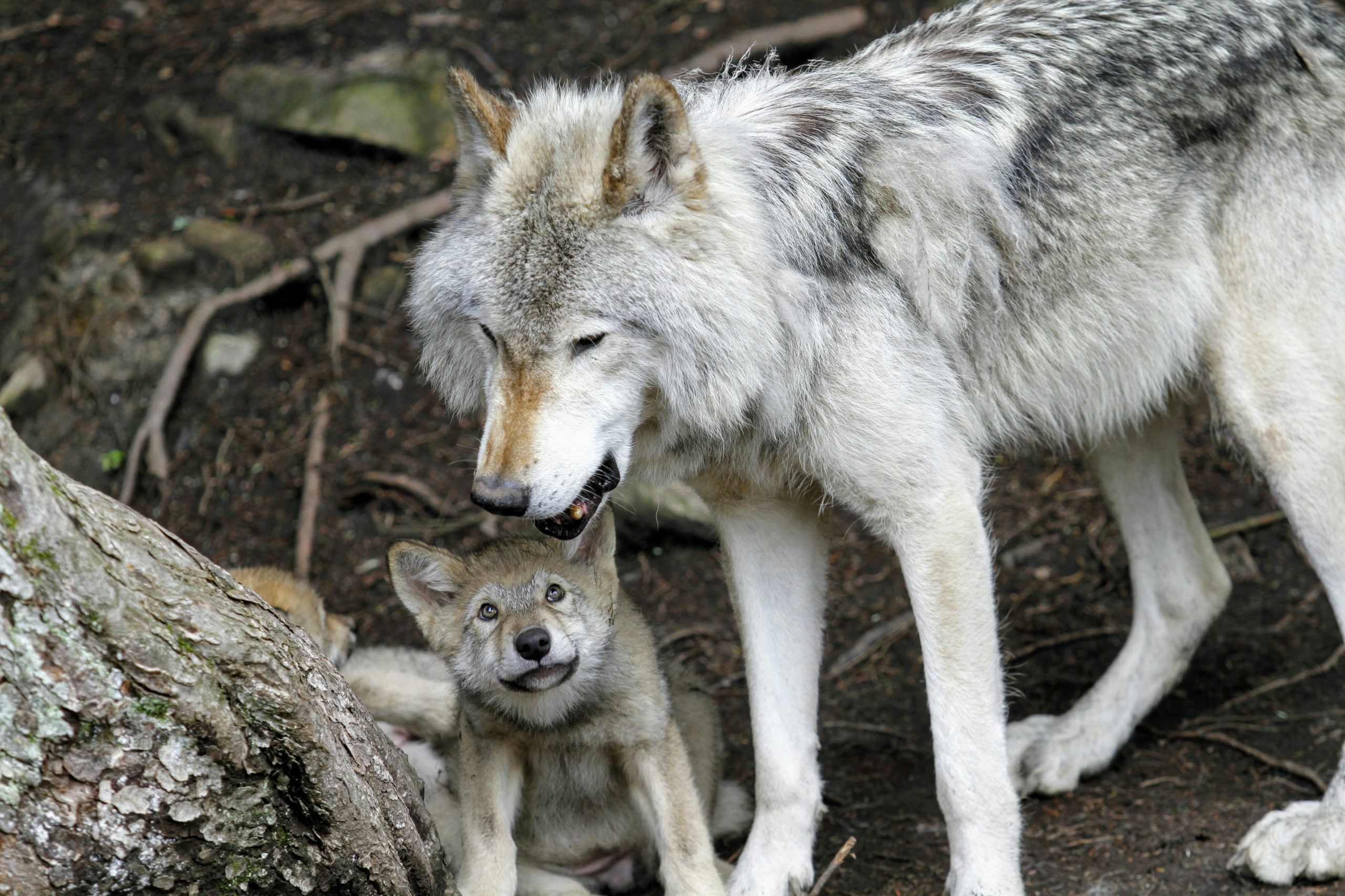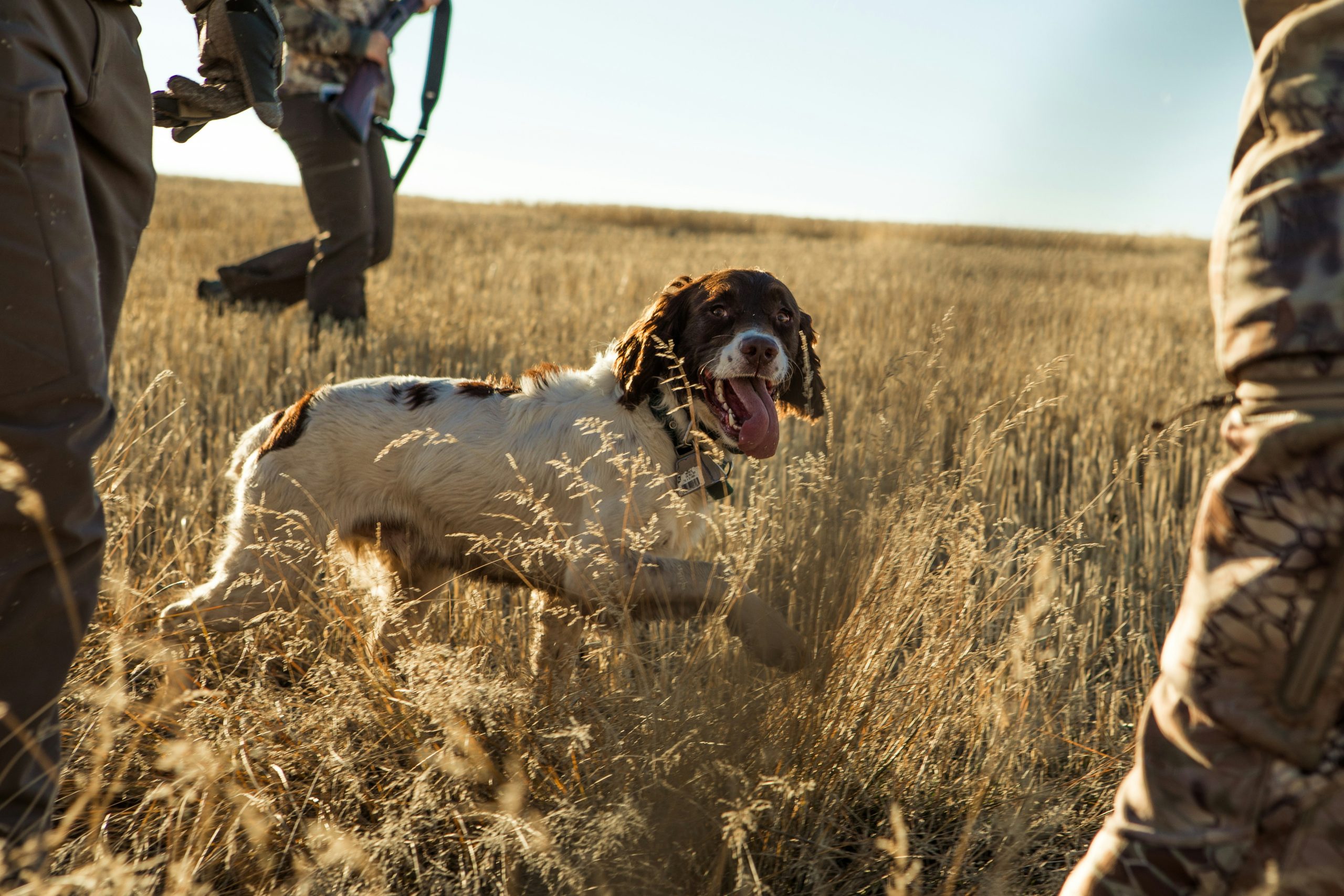Unleashing the Past: Tracing the Evolution of Mans Best Friend
The article discusses the evolutionary origins of dogs, the domestication process, ancestral dogs and their characteristics, the development of dog breeds, and the influence of human activity on dog evolution.
Evolutionary Origins of Dogs
The evolutionary origins of dogs are an intriguing subject, deeply rooted in the history of the extinct wolf species, Canis lupus. Recent studies have suggested that the domestication of dogs might have occurred even earlier than previously thought, with estimates ranging between 12,500 and 15,000 years ago, opening the possibility of an even more ancient connection between humans and canines.
Furthermore, the possibility of dogs descending from two distinct populations of ancient wolves in eastern Asia and the Middle East adds complexity to the evolutionary narrative. This revelation sheds light on the diverse genetic ancestry of modern dogs, hinting at a rich and multifaceted journey from the wild to becoming humanity’s oldest and most loyal companions. For instance, the genetic research involved in sequencing the genomes of 66 ancient wolves and analyzing additional genomes from archival remains has provided a more detailed picture of wolf ancestry, bringing scientists closer to pinpointing the exact time and place of dog domestication.
The evolutionary trajectory of dogs is a captivating tale intertwined with human history, reflecting the enduring bond between two species and the remarkable transformation of wolves into the wide variety of dog breeds we see today. This evolution is a testament to the profound impact that dogs have had on human society, from being revered as loyal protectors to cherished family members, and the crucial role they continue to play in our lives. The domestication of the dog occurred prior to the agricultural revolution, when people were still hunter-gatherers.
Domestication of Dogs
Genetic studies have provided crucial insights into the domestication of dogs, revealing that all ancient and modern dogs descended from an ancient, now-extinct wolf population. This fascinating genetic connection underscores the deep historical relationship between dogs and wolves and sheds light on the intricate evolutionary journey that led to the domestic dog we know today.
Furthermore, the domestication of dogs predates the advent of agriculture, signifying that the bond between humans and canines dates back to a time when humans were hunter-gatherers. It is intriguing to note that the domestication of dogs occurred thousands of years before humans began the practice of farming, highlighting the significance of dogs in early human societies. This early domestication not only played a pivotal role in the daily lives of ancient communities but also influenced the genetic and behavioral traits of dogs, shaping their evolution alongside human civilization.
The profound bond between humans and dogs is exemplified by archaeological findings, such as the discovery of a 14,000-year-old dog specimen from Bonn-Oberkassel in Germany, buried alongside humans as a cherished member of the family. This remarkable evidence underscores the integral role of dogs in early human societies and provides a glimpse into the deep-rooted connection between humans and their canine companions. Overall, the domestication of dogs represents a significant milestone in the intertwined evolutionary histories of humans and canines, shaping the genetic, behavioral, and social landscape of both species [4].
Ancestral Dogs and Their Characteristics
The transition from wolves to dogs had a significant impact on the evolution of ancestral dogs. The earliest undisputed dog on record, a 14,000-year-old specimen from a site called Bonn-Oberkassel in Germany, was buried with humans as a member of the family. This close association with humans and the shift in attitude toward dogs had a profound effect on their evolution, leading to the diverse characteristics and behaviors exhibited by ancestral dogs.
Furthermore, the domestication of dogs may have begun quite early, and under circumstances that were not favorable for the dogs. While wolves retain an independence of mind and behavior that is most undoglike, dogs, on the other hand, have evolved to understand “No!” commands and to behave in a more cooperative manner due to their close association with humans. This cooperative behavior has become a defining characteristic of ancestral dogs, setting them apart from their wild wolf ancestors.
The role of ancestral dogs in early human societies was multifaceted. They provided important services such as hunting, herding, and acting as camp sentinels for early humans. These dogs were revered and often given elaborate burials, signifying their significant role in human life and their close bond with early human communities. The profound effect of this close association and the evolving roles of dogs in early human societies influenced their genetic and behavioral characteristics, shaping the evolutionary path of ancestral dogs.
Development of Dog Breeds
The development of different dog breeds is a fascinating result of the intricate process of selective breeding for specific behavioral traits. This meticulous process dates back centuries and has played a pivotal role in shaping the diverse range of dog breeds we know today. For instance, the emergence of different groups of herding dogs from various regions showcases the impact of environmental and human factors on the evolution of these breeds. These dogs were selectively bred based on their ability to effectively herd and protect livestock, leading to the development of distinct behavioral and physical characteristics within each group.
Furthermore, the Victorian Explosion in Great Britain marked a significant turning point in dog breeding history. During this era, dog breeding intensified, resulting in the creation of many recognizable breeds that have become beloved companions and skilled working dogs. This period of prolific breeding and refinement contributed to the establishment of breed standards and the recognition of specific traits that are now synonymous with different breeds. For instance, the deliberate selection and breeding for traits such as size, coat texture, temperament, and specialized skills have resulted in the impressive array of dog breeds that cater to diverse roles, including companionship, hunting, herding, and protection.
The development of dog breeds exemplifies the intricate relationship between human influence and the evolution of canines. The intentional selection and breeding for specific traits have not only given rise to the remarkable diversity of dog breeds but have also contributed to the preservation of valuable skills and characteristics that are deeply rooted in their ancestral heritage. This evolution through selective breeding has allowed dogs to adapt to various tasks and environments, reflecting the enduring partnership and coevolution between humans and canines throughout history.
Influence of Human Activity on Dog Evolution
Human influence on dog evolution has been significant, especially through the process of selective breeding. This practice has resulted in the loss of genetic diversity and has brought about health consequences for specific breeds. For instance, certain dog breeds have developed genetic predispositions to various health issues due to intense selective breeding for certain physical or behavioral traits. An example of this is the prevalence of hip dysplasia in large dog breeds like the German Shepherd and the Labrador Retriever, which is a result of extensive breeding for specific body structures.
Moreover, human influence on dog evolution has been further highlighted by the impact of technological advancements in the 21st century. These advancements have allowed for a deeper understanding of canine health and diseases. For instance, studies like the Morris Animal Foundation Golden Retriever Lifetime Study are gathering genetic information to identify risk factors for canine diseases, offering valuable insights into addressing health issues associated with specific breeds. This demonstrates a positive shift in human influence, as these advancements provide opportunities to mitigate health consequences and improve the overall well-being of dogs through informed breeding practices and medical interventions.
Conclusion
The evolution of dogs is a fascinating process that has been shaped by human influence, genetic adaptation, and the development of diverse breeds. By delving into the evolutionary history of dogs, we can unravel the intricate relationship between humans and canines and gain a deeper appreciation for the bond between the two species.
One particular example of the impact of human activity on dog evolution is the Victorian Explosion in Great Britain, which intensified dog breeding and led to the creation of many recognizable breeds that exist today. This historical event demonstrates how human intervention has significantly shaped the genetic diversity and physical characteristics of different dog breeds.
Furthermore, the domestication of dogs predates agriculture, highlighting the longstanding connection between humans and canines. This early relationship played a crucial role in the development of dogs, as they served as hunting companions, herders, and protectors for early human societies. For instance, the first known attempt at intentional selection that shaped the evolution of dogs dates back to a site in Denmark 8,000 years ago, showcasing the long history of human-dog interaction and its influence on the genetic makeup of dogs.
Understanding the evolutionary journey of dogs is essential for responsible dog breeding practices, promoting canine health, and ensuring the well-being of these cherished animals. It provides valuable insights into the origins of different breeds, the impact of selective breeding on genetic diversity, and the profound bond between humans and dogs throughout history.



